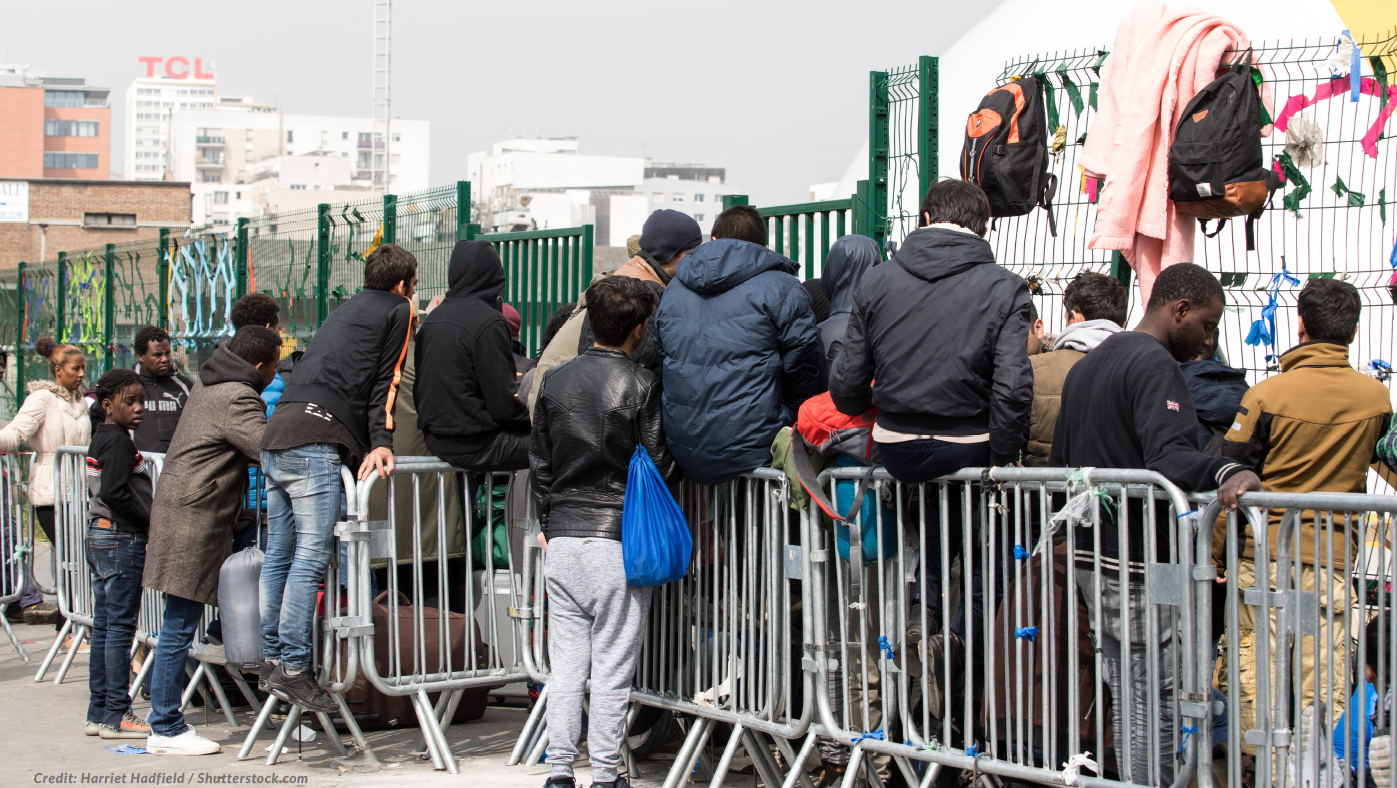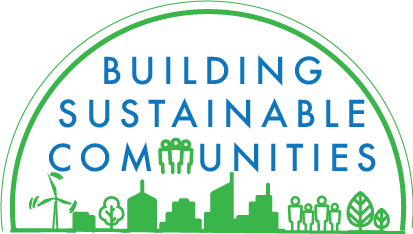
Globally, over 70 million people have fled their homes from conflict or persecution either as refugees, internally displaced persons, or asylum seekers. Contrary to what some may think, most of the displaced people don’t live in camps. In fact, it’s estimated that about 60%–80% of the world’s forcibly displaced population lives in urban areas.
The “urban story” of forced displacement is often compounded by its hidden nature. Compared to those displaced in camps, it is more difficult to track the living conditions of those displaced in urban areas, obtain precise numbers, and many are not recipients of humanitarian assistance.
Forced displacement – an urban challenge
The UNHCR’s "High Commissioner’s Dialogue on Protection Challenges" – which each year focuses on new and emerging global protection issues – is this year spotlighting forced displacement in cities. The attention is timely. Urban forced displacement poses multiple challenges to those displaced, to host communities, and is not without considerable human suffering. Policymakers and governments must first understand the challenges in order to identify opportunities, to help build resilient communities.
- First, a rapid influx of people forcibly displaced into cities can stretch already strained municipal services. Enhanced service provision requires significant coordination with national and local government.
- Second, displaced people in urban areas often settle in precarious conditions on the outskirts of cities. These areas are often poorly serviced and hazard prone with no security of land tenure. This creates further challenges for city officials planning for the future.
- Third, with urban services shared between the displaced and host communities, limited access can create social tensions within already stretched systems. It is important to take into consideration the needs of the host community.
- Fourth, fostering economic opportunities for the displaced as well as their hosts is essential to support inclusive communities and community relations. A competitive cities approach that advocates interventions in infrastructure and land, enterprise support, skills development, institutions and regulations could be adapted for this purpose.
"People-in-places" approach
Managing the challenges of urban displacement calls for a people-in-places approach where the focus is on supporting the displaced and on improving the urban space for all residents. This approach builds on existing government and service structures to improve living conditions for all. It ensures that understanding and responding to the needs of the forcibly displaced persons and their hosts will be complemented by measures to support local governance and service providers.
So, how can we move forward with the people-in-places approach to forced displacement? The first step is clear analysis of the challenges faced by these communities. We found seven dimensions critical to a comprehensive response: human development, spatial analysis, service delivery and infrastructure, economic, social, institutional, and security.
The World Bank carried out this kind of comprehensive analysis in the study, Cities of Refuge in the Middle East: Bringing an Urban Lens to the Forced Displacement Challenge. It emphasizes the need to draw upon urbanization expertise in addressing forced displacement. It also calls on development and humanitarian actors to take on new approaches which reflect the increasingly urban and protracted nature of forced displacement.
Dealing with urban forced displacement requires agile decision-making informed by spatial analysis and subsequent rapid financing, while addressing the social and security challenges for the first responders – local governments and host communities.
As displacement becomes protracted, cities will need to take the existence of displaced individuals into consideration for their development visions. The shift in displacement from camps to urban areas also demands stronger humanitarian and development coordination and collaboration to effectively tackle the global displacement challenge and boost urban resilience for all.
This blog post was updated in June 2019.
READ MORE:
- Topic: Forced Displacement
- Report: Cities of Refuge in the Middle East: Bringing an Urban Lens to the Forced Displacement Challenge
- Video blog: What it takes to help internally displaced persons
- Video blog: The harsh realities – and hopeful solutions – of internal displacement
- Subscribe to our Sustainable Communities newsletter
- Follow @WBG_Cities and @WBG_Dev4Peace on Twitter





Join the Conversation